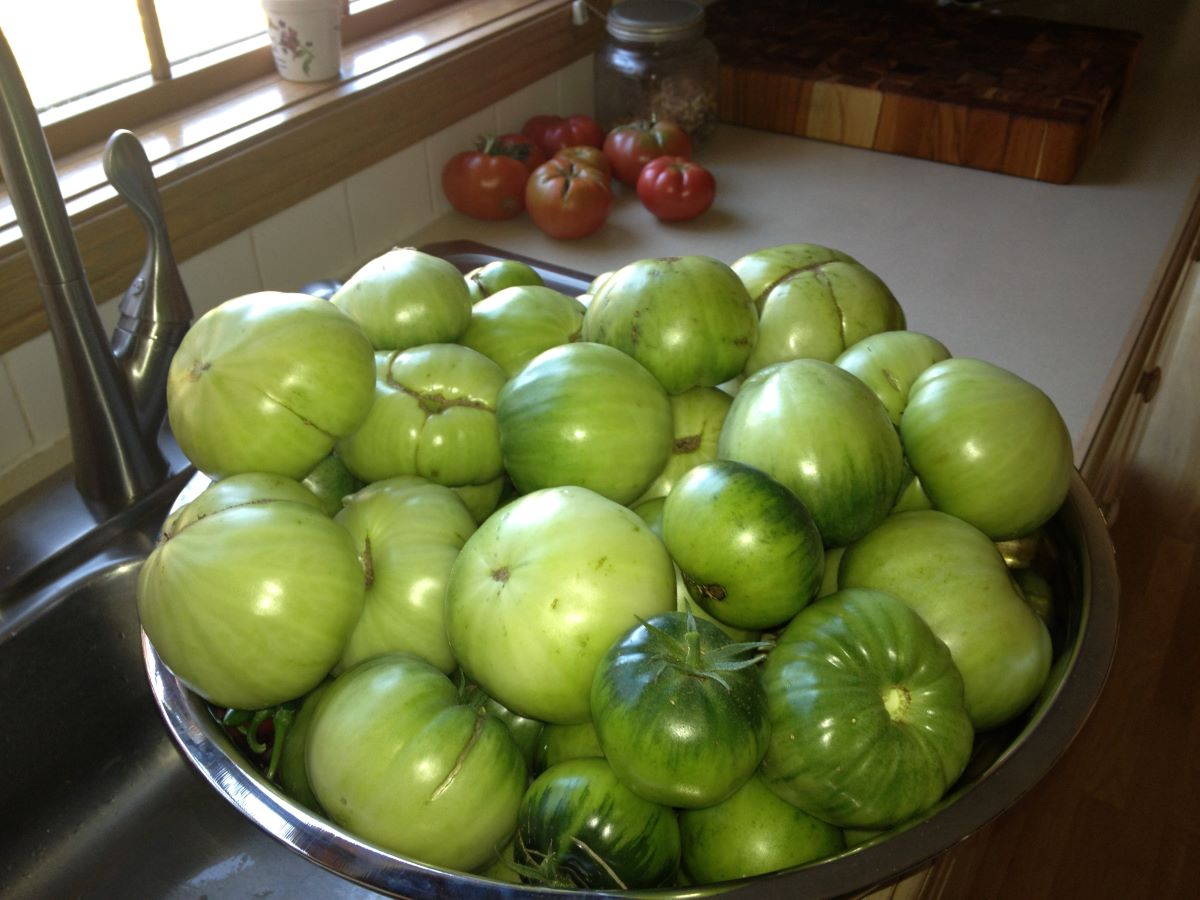

Articles
How To Store Green Tomatoes
Modified: January 6, 2024
Learn how to store green tomatoes and preserve their freshness for longer with our helpful articles.
(Many of the links in this article redirect to a specific reviewed product. Your purchase of these products through affiliate links helps to generate commission for Storables.com, at no extra cost. Learn more)
Introduction
Green tomatoes are often overlooked and discarded, but they can actually be a versatile and delicious ingredient in the kitchen. Whether you have an abundant harvest from your garden or stumbled upon green tomatoes at the local market, knowing how to properly store them can prolong their shelf life and allow you to enjoy their unique flavor for weeks to come.
There are several reasons why you might want to store green tomatoes. Perhaps your tomato plants are still producing fruit as the weather turns colder, or you simply want to try your hand at making fried green tomatoes, a popular Southern dish. Whatever the reason, proper storage techniques will help ensure the tomatoes stay fresh and maintain their vibrant green color.
When it comes to choosing green tomatoes for storage, look for ones that are firm and fully grown but have not yet started to ripen. Avoid tomatoes that are already showing signs of softening or changing color, as these are better suited for immediate consumption. The ideal green tomatoes for storage should feel slightly heavy for their size and have a glossy skin.
Before storing green tomatoes, it’s important to prepare them properly. Start by rinsing the tomatoes under cool water and gently patting them dry with a clean towel. Remove any stems or leaves that are still attached, as these can lead to spoilage. Be careful not to bruise or damage the tomatoes during this process, as even small injuries can accelerate decay.
There are several methods for storing green tomatoes, depending on the available space and desired shelf life. One popular option is storing them in a pantry or cellar, which provides a cool and dark environment. Find a dry area with a consistent temperature between 50 to 55 degrees Fahrenheit, and place the tomatoes in a single layer on a shelf or in a cardboard box lined with newspaper. Make sure the tomatoes do not touch each other, as this can increase the chances of rot or mold spreading.
If you don’t have access to a pantry or cellar, storing green tomatoes in the refrigerator is another viable option. Wrap each tomato individually in a paper towel to absorb excess moisture and place them in a plastic bag with a few ventilation holes. The cold temperature of the refrigerator will slow down the ripening process and keep the tomatoes fresh for up to two weeks.
Alternatively, you can store green tomatoes in a paper bag on the kitchen counter. This method allows for airflow while still providing some protection from ethylene gas, a natural plant hormone that can accelerate ripening. Place the tomatoes in a single layer, ensuring they are not overcrowded, and loosely fold the top of the bag to allow for ventilation. Check the tomatoes regularly for any signs of spoilage.
Key Takeaways:
- Store green tomatoes in a cool, dark pantry or cellar, refrigerator, or paper bag to extend their shelf life. Regularly monitor and check for spoilage to maintain freshness and quality.
- Utilize stored green tomatoes in a variety of recipes, including fried green tomatoes, salsa, pickling, chutney, jam, and freezing for future use. Get creative and experiment with different culinary possibilities.
Read more: How To Store Green Tomatoes For Frying
Reasons for Storing Green Tomatoes
There are several reasons why you might choose to store green tomatoes rather than letting them ripen on the vine or discarding them. Here are some common reasons for storing green tomatoes:
- Extended Harvest: If you have a bountiful tomato harvest but the weather is starting to cool down, storing green tomatoes allows you to enjoy fresh tomatoes for a longer period of time. Instead of letting the green tomatoes go to waste, you can store them and have a supply of homegrown tomatoes even after the growing season has ended.
- Culinary Exploration: Green tomatoes have a unique tart and tangy flavor that is quite different from ripe red tomatoes. Many people enjoy experimenting with green tomatoes in the kitchen, whether it’s making fried green tomatoes, green tomato salsa, or adding them to soups and stews. By storing green tomatoes, you can have a ready supply of this versatile ingredient to use in various recipes.
- Preservation: Green tomatoes can be preserved through techniques such as pickling and canning. By storing green tomatoes, you can preserve their flavor and texture to enjoy them throughout the year. Pickled green tomatoes make a delicious addition to sandwiches, salads, and charcuterie boards, while canned green tomatoes can be used in sauces, chutneys, and relishes.
- Saving Seeds: If you have heirloom or open-pollinated varieties of green tomatoes in your garden, storing the green tomatoes allows you to save and collect the seeds for future planting. This way, you can continue growing the same unique and flavorful varieties year after year.
- Enjoying Variety: Green tomatoes come in various sizes and shapes, each offering its own unique taste and texture. By storing green tomatoes, you can have a range of different flavors and textures to enjoy in your favorite recipes. Whether you prefer smaller cherry green tomatoes for salads or larger beefsteak green tomatoes for frying, storing them ensures you have the option to experiment with different types.
By understanding the reasons for storing green tomatoes, you can fully appreciate their culinary potential and make the most of your tomato harvest. Whether it’s extending the harvest, exploring new flavors, preserving, saving seeds, or enjoying variety, storing green tomatoes opens up a world of possibilities in the kitchen.
Choosing the Right Green Tomatoes for Storage
When it comes to storing green tomatoes, selecting the right ones is crucial for ensuring optimal freshness and flavor. Here are some tips for choosing the right green tomatoes for storage:
- Firmness: Look for green tomatoes that are firm to the touch. Avoid tomatoes that have started to soften or show signs of wrinkling. A firm texture indicates that the tomatoes are in a good state for storage and will have a longer shelf life.
- Size: Consider the size of the green tomatoes. Smaller green tomatoes tend to ripen faster, so if you’re looking for a longer storage period, opt for bigger tomatoes. However, keep in mind that larger green tomatoes will take longer to ripen and may require additional time to soften before use.
- Color: Green tomatoes come in different shades of green. Look for tomatoes that have a vibrant green color without any yellow or orange spots. These fully green tomatoes are ideal for storage and will retain their firmness and tangy flavor for an extended period.
- Glossy Skin: Pay attention to the skin of the green tomatoes. A glossy appearance indicates freshness and vitality. Avoid tomatoes with dull or matte skin, as this could be a sign of age and potential spoilage.
- Even Ripening Potential: Consider the ripening potential of the green tomatoes you select. Ideally, choose tomatoes that are at a similar stage of development. This way, they will ripen more evenly when you decide to bring them out of storage. This is especially important if you plan to use the green tomatoes for cooking or preserving.
It’s important to note that not all green tomatoes are suitable for storage. Some green tomatoes, such as those that have already started to ripen, may not store well and may spoil quickly. It’s best to select green tomatoes that are fully green, firm, and show no signs of ripening.
By choosing the right green tomatoes for storage, you can ensure that they remain fresh, flavorful, and ready to be used in a variety of delicious recipes. Remember to handle the green tomatoes with care to avoid any bruising or damage that could lead to early decay.
Preparing Green Tomatoes for Storage
Before you store green tomatoes, it’s essential to properly prepare them to ensure maximum freshness and longevity. Follow these steps to prepare green tomatoes for storage:
- Cleaning: Start by rinsing the green tomatoes under cool running water. Gently rub the tomatoes with your fingers to remove any dirt or debris that may be stuck to the surface. Cleaning the tomatoes helps remove any potential contaminants that could contribute to spoilage.
- Drying: After cleaning, gently pat the green tomatoes dry with a clean towel or paper towel. Removing excess moisture is crucial to prevent the growth of mold and bacteria, which can lead to early spoilage.
- Removing Stems and Leaves: Inspect each green tomato and remove any stems or leaves that are still attached. Stems and leaves can introduce moisture and increase the chances of spoilage. Carefully twist or snip off the stems, ensuring not to damage the tomato in the process.
- Checking for Ripeness: While preparing the green tomatoes, take a moment to check for any signs of ripening. Discard any tomatoes that have already started to turn yellow or show signs of softening. It’s essential to store only fully green tomatoes for optimal storage results.
- Avoiding Bruising: Handle the green tomatoes with care during the preparation process. Avoid squeezing or pressing on the tomatoes too firmly, as this can cause bruising and increase the risk of decay. Remember, even small injuries can lead to the rapid deterioration of the tomatoes.
By properly preparing green tomatoes for storage, you can help maintain their freshness and extend their shelf life. Cleaning and drying the tomatoes removes potential contaminants and excess moisture, while removing stems and leaves reduces the risk of spoilage. Taking these steps ensures that the green tomatoes are in the best possible condition for storage.
Storing Green Tomatoes in a Pantry or Cellar
If you have access to a pantry or cellar, storing green tomatoes in this cool and dark environment is an excellent option for prolonging their shelf life. Here’s how you can store green tomatoes in a pantry or cellar:
- Choose the Right Location: Find a suitable spot in your pantry or cellar to store the green tomatoes. Ideally, the area should be dry with a consistent temperature between 50 to 55 degrees Fahrenheit (10 to 13 degrees Celsius). Avoid areas that may experience fluctuations in temperature or high humidity, as these conditions can promote rot and spoilage.
- Prepare a Storage Area: Clean and organize the storage area beforehand. Remove any potential contaminants or spoiled produce that could affect the green tomatoes. Line the shelves or use a cardboard box lined with newspaper to create a clean and stable storage surface.
- Arrange the Tomatoes: Place the green tomatoes in a single layer on the shelf or in the cardboard box, ensuring they do not touch each other. This spacing helps promote air circulation and prevents the spread of mold or rot. Be mindful of any bruised or damaged tomatoes, as they should be used immediately to avoid spoilage.
- Monitor Regularly: Regularly check on the stored green tomatoes to ensure they are staying fresh. Remove any tomatoes that show signs of rot or softening. This way, you can prevent the decay from spreading to the other tomatoes and maintain the quality of the remaining ones.
- Consider Different Varieties: If you have different varieties of green tomatoes, you may want to store them separately. Some varieties may have longer storage potential than others, so it’s beneficial to keep track of each variety’s specific shelf life and use them accordingly.
Storing green tomatoes in a pantry or cellar provides a cool and stable environment that helps preserve their taste and texture for an extended period. With proper storage and regular monitoring, you can enjoy your homegrown or market-bought green tomatoes well beyond the growing season.
Read more: How To Store Green Tomatoes For Months
Storing Green Tomatoes in a Refrigerator
If you don’t have access to a pantry or cellar, storing green tomatoes in a refrigerator is an effective alternative. The cool temperature of the refrigerator helps slow down the ripening process and extends the shelf life of green tomatoes. Here’s how you can store green tomatoes in a refrigerator:
- Wrap Individually: Start by wrapping each green tomato individually in a paper towel or newspaper. This helps absorb excess moisture and prevents the tomatoes from touching each other, which can hasten spoilage. Wrapping the tomatoes protects them from potential damage and keeps them fresh for a longer time.
- Place in a Plastic Bag: Once the green tomatoes are wrapped, place them in a plastic bag with a few ventilation holes. This creates a controlled environment within the refrigerator and allows some air circulation while maintaining a consistent temperature. The bag helps retain the moisture of the tomatoes without causing excessive condensation.
- Store in the Crisper: Put the bagged green tomatoes in the crisper drawer of your refrigerator. The crisper provides a slightly higher humidity level, which is beneficial for maintaining the freshness of the tomatoes. Make sure the tomatoes are placed on a flat surface in the drawer to prevent rolling and potential damage.
- Monitor and Rotate: Regularly check the green tomatoes in the refrigerator and remove any that show signs of spoilage. Additionally, it’s a good idea to rotate the tomatoes occasionally to ensure even cooling and prevent any spots from becoming compressed or excessively chilled.
- Storage Duration: Green tomatoes stored in the refrigerator can stay fresh for up to two weeks or even longer, depending on their initial condition and variety. Keep in mind that as time passes, the texture may soften slightly, but the tomatoes will remain suitable for various culinary uses.
Storing green tomatoes in a refrigerator is a practical option for preserving their flavor and texture. By wrapping them individually, placing them in a ventilated plastic bag, and storing them in the crisper drawer, you can ensure their longevity and enjoy fresh green tomatoes whenever you’re ready to use them.
Store green tomatoes in a single layer in a cool, dry place with good air circulation, such as a countertop or pantry shelf. Avoid storing them in the refrigerator, as this can affect their flavor and texture.
Storing Green Tomatoes in a Paper Bag
If you’re looking for a convenient and accessible method for storing green tomatoes, using a paper bag is an excellent option. The paper bag provides a balance of airflow and protection from ethylene gas, allowing the tomatoes to ripen gradually while still preserving their freshness. Here’s how you can store green tomatoes in a paper bag:
- Select a Paper Bag: Choose a paper bag that is clean and in good condition. Avoid using bags with any tears or holes, as they may compromise the quality of the stored green tomatoes.
- Arrange the Tomatoes: Place the green tomatoes in a single layer inside the paper bag. Ensure that the tomatoes are not overcrowded, as this can cause them to bruise and spoil. If you have an abundance of green tomatoes, consider using multiple paper bags or storing them in batches.
- Close the Bag: Loosely fold or roll down the top of the paper bag to secure the green tomatoes inside. This provides some protection while still allowing for airflow. Avoid sealing the bag completely, as this can trap moisture and lead to premature spoilage.
- Choose the Storage Location: Find a cool and dry area in your pantry or kitchen to store the paper bag. Avoid areas with direct sunlight or fluctuations in temperature. Remember that green tomatoes prefer cooler temperatures around 50 to 55 degrees Fahrenheit (10 to 13 degrees Celsius) for optimal storage conditions.
- Monitor Regularly: Check on the stored green tomatoes periodically to assess their ripening progress and ensure they are staying fresh. Remove any tomatoes that show signs of mold, rot, or excessive softening. This helps prevent spoilage from spreading to the rest of the tomatoes.
Storing green tomatoes in a paper bag provides a controlled environment that allows them to ripen gradually. The bag protects them from excessive moisture and light, while still allowing for some airflow. This method is particularly useful if you want to ripen the green tomatoes for eventual use in cooking or preserving.
Keep in mind that the ripening process may vary depending on the initial state of the green tomatoes and the surrounding temperature. Regular monitoring is essential to ensure that the tomatoes reach the desired level of ripeness while maintaining their quality.
Storing Green Tomatoes on the Vine
If you want to keep your green tomatoes as fresh as possible and preserve their connection to the vine, storing them on the vine is a great option. This method allows the tomatoes to continue ripening slowly while maintaining their optimal flavor. Here’s how you can store green tomatoes on the vine:
- Choose the Right Time: Harvest the green tomatoes when they have reached their desired size and are fully mature but still green in color. Avoid picking tomatoes that are starting to turn yellow or show signs of softening.
- Leave Some Stem: When harvesting green tomatoes, leave a short section of the stem attached to each tomato. This helps maintain the connection to the vine and minimizes moisture loss. Be careful not to damage the stem while picking the tomatoes.
- Remove Any Damaged Tomatoes: Inspect the green tomatoes for any signs of damage or rot. Remove any tomatoes that are bruised, blemished, or showing signs of decay. It’s important to store only healthy green tomatoes to avoid spreading spoilage to the rest.
- Choose a Storage Location: Find a cool and dark place with good ventilation to store the green tomatoes on the vine. An area with a temperature between 50 to 55 degrees Fahrenheit (10 to 13 degrees Celsius) is ideal for slowing down the ripening process and maintaining freshness.
- Hang the Vine: If possible, gently hang the vine with the attached green tomatoes in a location where the vine can dangle freely without touching any surfaces. You can use hooks, strings, or clothespins to secure the vine. Make sure the tomatoes are not overcrowded, as this can lead to bruising or premature spoilage.
- Monitor Regularly: Check the stored green tomatoes on the vine regularly for any signs of mold, rot, or excessive softening. Remove any tomatoes that are starting to spoil to prevent the spread of decay to the remaining tomatoes.
- Time to Ripen: Depending on the variety and initial maturity level, the green tomatoes on the vine will continue to ripen gradually over time. You can periodically check their progress and harvest them once they reach the desired level of ripeness.
Storing green tomatoes on the vine allows them to ripen more naturally and develop their full flavor while retaining a connection to their plant. It’s a great option if you have limited storage space or want to enjoy the unique experience of harvesting ripe tomatoes from the vine.
Remember that some green tomatoes may ripen faster than others, so it’s essential to monitor them regularly and harvest them as they reach their peak ripeness. By following these steps, you can enjoy delicious homegrown tomatoes at their flavorful best.
Monitoring and Checking Stored Green Tomatoes
When it comes to storing green tomatoes, proper monitoring and regular checks are essential to ensure their freshness and quality throughout the storage period. Here are some tips for effectively monitoring and checking stored green tomatoes:
- Regular Inspection: Set a schedule to inspect the stored green tomatoes at regular intervals. Depending on the storage method and the condition of the tomatoes, checking them once or twice a week is usually sufficient. This allows you to catch any signs of spoilage or deterioration early on.
- Examine Appearance: Look for any visible changes or abnormalities in the appearance of the green tomatoes. Check for signs of mold, unusual discoloration, or soft spots. Discard any tomatoes that show these signs, as they may affect the quality of the remaining tomatoes.
- Squeeze Test: Gently squeeze the green tomatoes to assess their firmness. They should still feel relatively firm to the touch. If a tomato feels overly soft or mushy, it may have started to spoil and should be removed from storage immediately.
- Sniff Test: Smell the green tomatoes to detect any unusual or off-putting odors. A foul smell can be an indication of decay or bacterial growth. Fresh green tomatoes should have a slightly earthy and vegetal scent.
- Separate Affected Tomatoes: If you find a tomato that is starting to spoil, promptly remove it from the storage area to prevent the spread of decay to the other tomatoes. This proactive measure helps maintain the quality of the remaining green tomatoes.
- Adjust Storage Conditions: If you notice that the storage environment is too humid, try increasing ventilation or reducing moisture levels. Conversely, if the tomatoes are drying out or showing signs of shriveling, consider increasing humidity by placing a damp paper towel nearby (without directly touching the tomatoes).
- Take Advantage of Ripe Tomatoes: As green tomatoes ripen during storage, harvest them and use them in your favorite recipes. This ensures that you enjoy them at their peak flavor and texture.
By monitoring and checking stored green tomatoes regularly, you can catch any issues before they escalate and maintain the quality of your stored produce. This practice helps ensure that you use the green tomatoes at their optimal freshness and minimize waste.
Remember, different storage methods and environmental factors can impact the shelf life and condition of green tomatoes. By incorporating these monitoring techniques into your storage routine, you’ll be able to enjoy delicious green tomatoes for as long as possible.
Read more: How To Store Green Tomatoes To Ripen Later
Using Stored Green Tomatoes for Cooking and Preserving
Stored green tomatoes offer a variety of culinary possibilities and can be used in a range of delicious recipes. Whether you’ve stored them in a pantry, refrigerator, or on the vine, here are some ideas for utilizing your green tomatoes for cooking and preserving:
- Fried Green Tomatoes: One of the most popular and classic uses for green tomatoes is frying them. Slice the green tomatoes into rounds, dip them in a batter (such as cornmeal or breadcrumbs), and pan-fry or deep-fry until they’re golden and crispy. Serve them as a side dish or even as the star ingredient in a sandwich or burger.
- Green Tomato Salsa: Dice the green tomatoes and combine them with onions, peppers, cilantro, lime juice, and spices to create a zesty and tangy salsa. This versatile condiment can be enjoyed with tortilla chips, as a topping for tacos or grilled meats, or as a flavorful addition to sandwiches and wraps.
- Pickled Green Tomatoes: Take advantage of the tangy flavor of green tomatoes by pickling them. Slice the green tomatoes and pack them tightly into jars with a combination of vinegar, water, salt, sugar, and spices. Let them sit for a few weeks to fully develop their flavor. Pickled green tomatoes can be enjoyed on their own, added to salads, or used as a unique garnish for sandwiches and charcuterie boards.
- Green Tomato Chutney: Create a savory and slightly sweet chutney by cooking green tomatoes with onions, spices, sugar, vinegar, and sometimes raisins. This condiment pairs well with cheeses, roasted meats, and hearty sandwiches. It can also be used as a glaze or dipping sauce.
- Green Tomato Jam: Turn your green tomatoes into a unique and flavorful jam. Simmer the tomatoes with sugar, lemon juice, and spices until thickened and spreadable. Green tomato jam is a delightful accompaniment to cheese and charcuterie platters, and can also be used as a topping for toast or biscuits.
- Freezing: If you prefer to preserve the green tomatoes for later use, consider freezing them. Slice the tomatoes and arrange them on a baking sheet in a single layer. Once frozen, transfer them to a resealable bag or airtight container. Frozen green tomatoes can be used in soups, stews, sauces, or even in fried preparations.
Experimenting with different recipes and preserving methods allows you to make the most of your stored green tomatoes. By exploring these culinary possibilities, you can savor the unique tartness and texture of green tomatoes throughout the year.
Remember, the cooking and preserving techniques can be adjusted based on personal preferences and desired flavors. Don’t hesitate to get creative and adapt recipes to suit your taste.
Conclusion
Storing green tomatoes is a practical way to extend their shelf life and enjoy their unique flavor even after the growing season has ended. With the right storage techniques, you can preserve the freshness of green tomatoes for several weeks or even months, depending on the method chosen.
From pantries and cellars to refrigerators and paper bags, there are various options for storing green tomatoes. Each method offers its own benefits in terms of temperature control, airflow, and protection from moisture and ethylene gas. Choose the storage method that best suits your needs and available resources.
Remember to choose fully green tomatoes that are firm, glossy, and free from any signs of ripening. Properly prepare the tomatoes by cleaning, drying, and removing stems or leaves. This helps ensure that the green tomatoes are in the best possible condition for storage.
Regular monitoring and checking of stored green tomatoes are instrumental in maintaining their quality. Inspect them for any signs of spoilage, such as mold, soft spots, or unusual odors. Remove any affected tomatoes promptly to prevent the spread of decay.
Using stored green tomatoes in your culinary endeavors opens up a world of possibilities. From traditional fried green tomatoes to pickled varieties, salsas, chutneys, and jams, there are countless recipes that showcase the tart and tangy flavor of green tomatoes. Let your creativity shine as you experiment with different cooking and preserving techniques.
Whether you’re looking to savor the taste of summer or explore new flavors, storing green tomatoes allows you to enjoy their vibrant and distinctive character long after the harvest is over. By implementing these storage methods and recipe ideas, you can make the most of your green tomato harvest and elevate your culinary experiences throughout the year.
Frequently Asked Questions about How To Store Green Tomatoes
Was this page helpful?
At Storables.com, we guarantee accurate and reliable information. Our content, validated by Expert Board Contributors, is crafted following stringent Editorial Policies. We're committed to providing you with well-researched, expert-backed insights for all your informational needs.

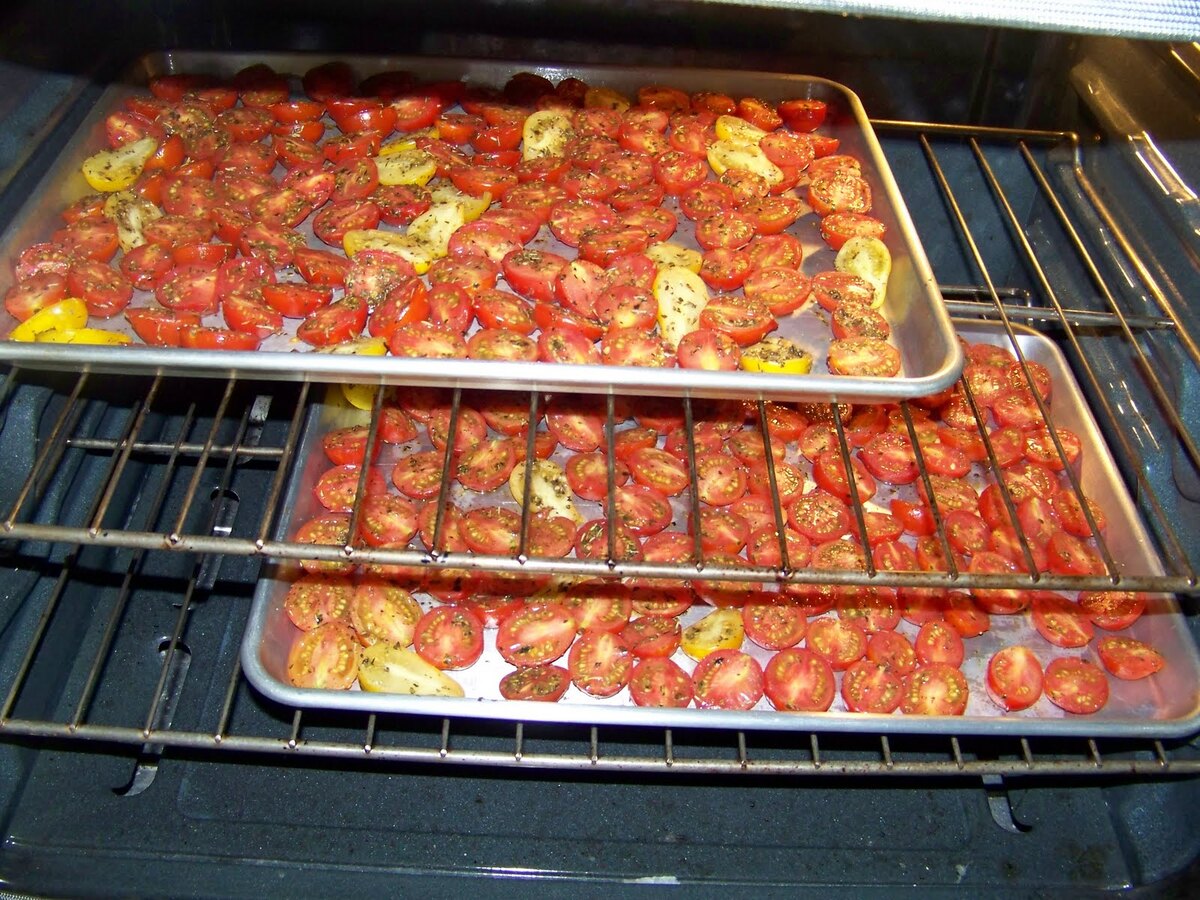
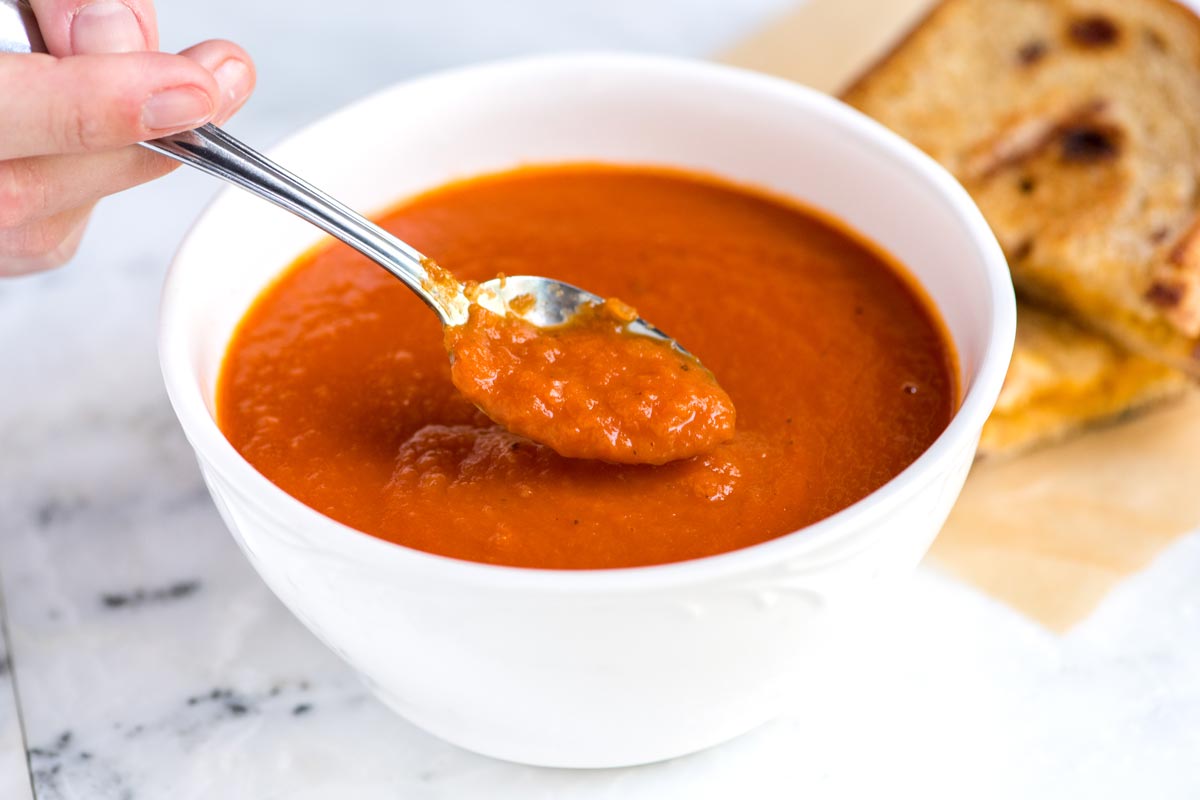

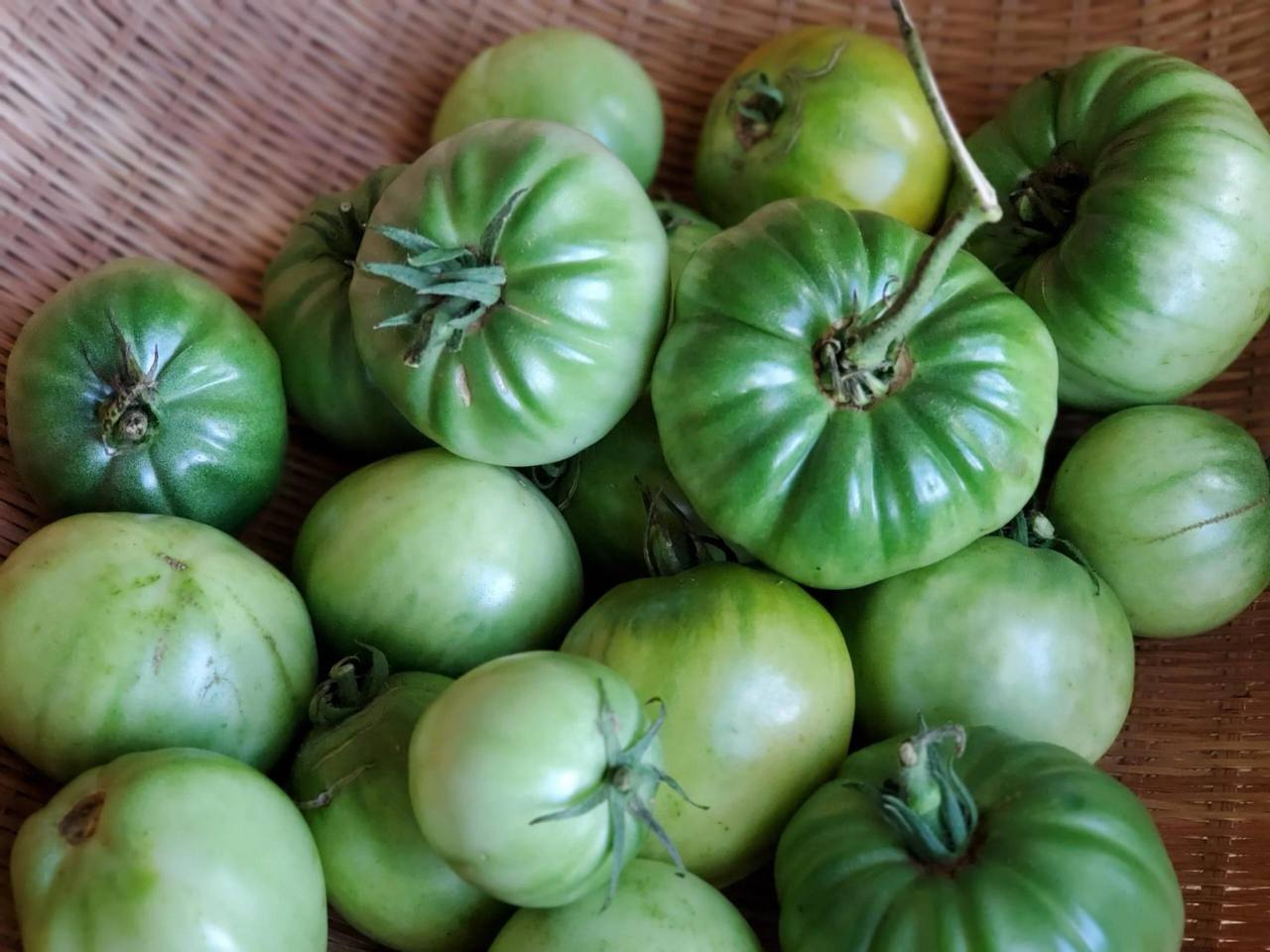
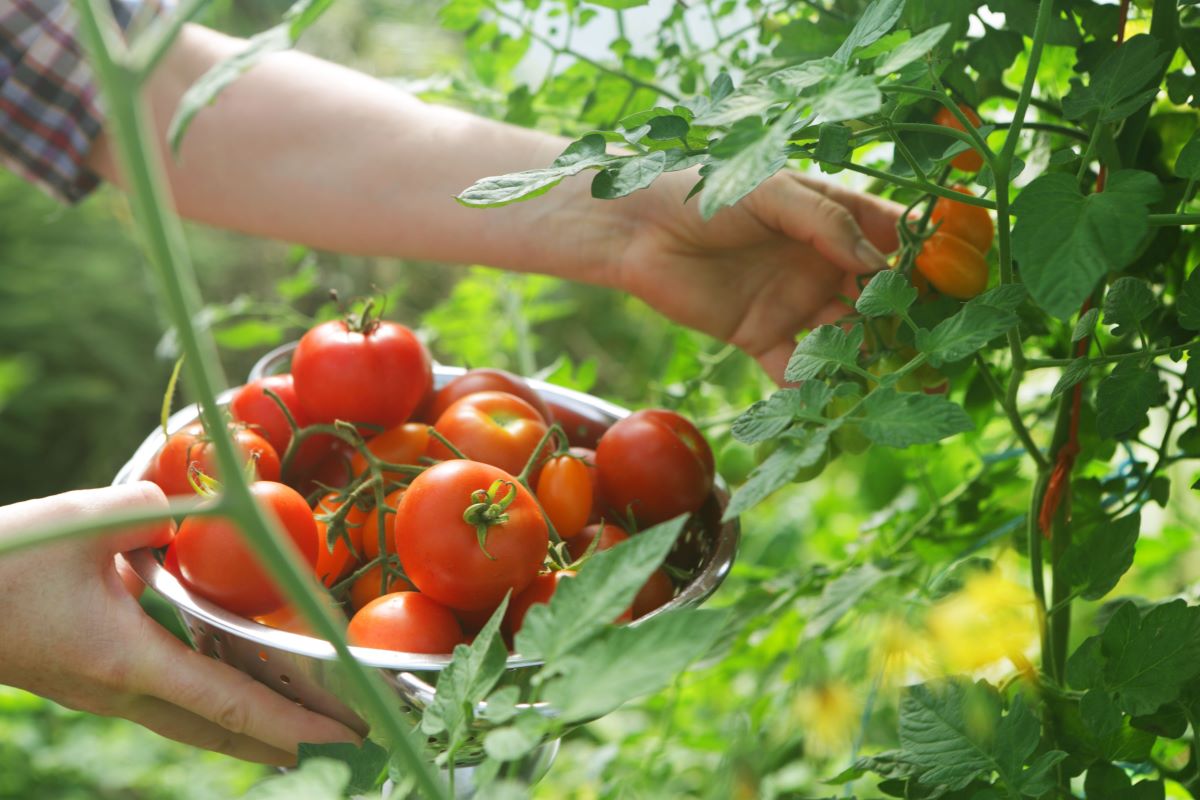
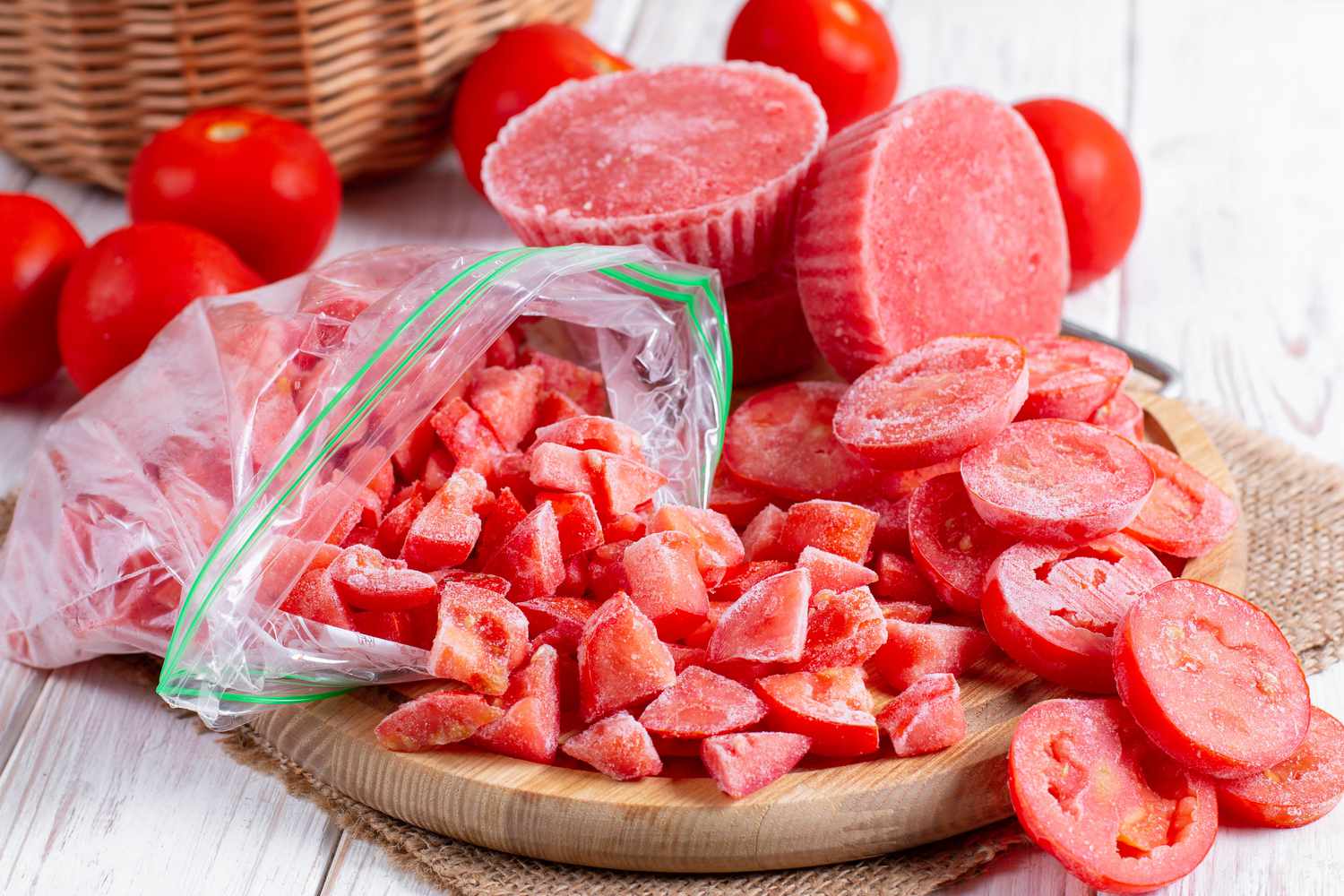
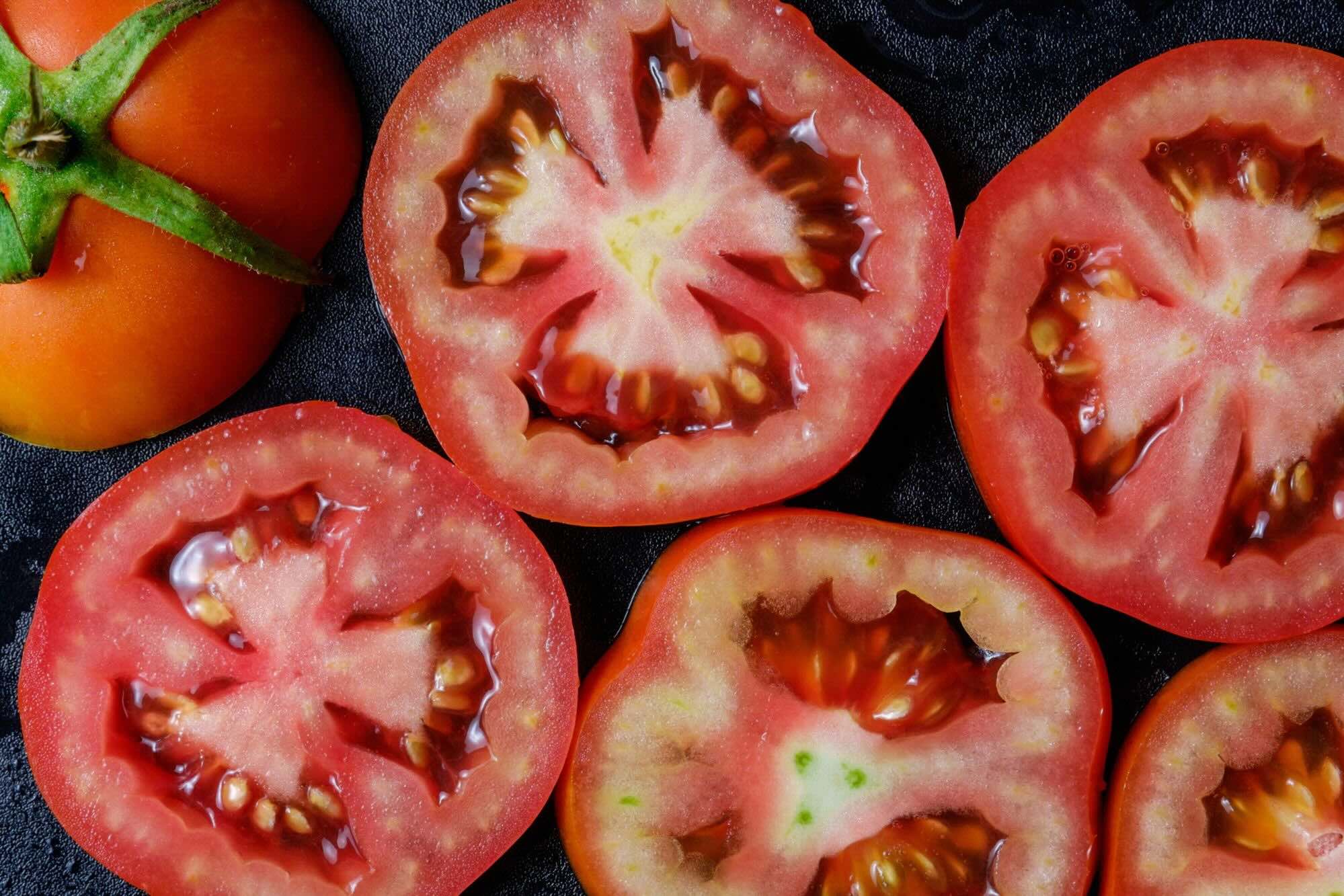
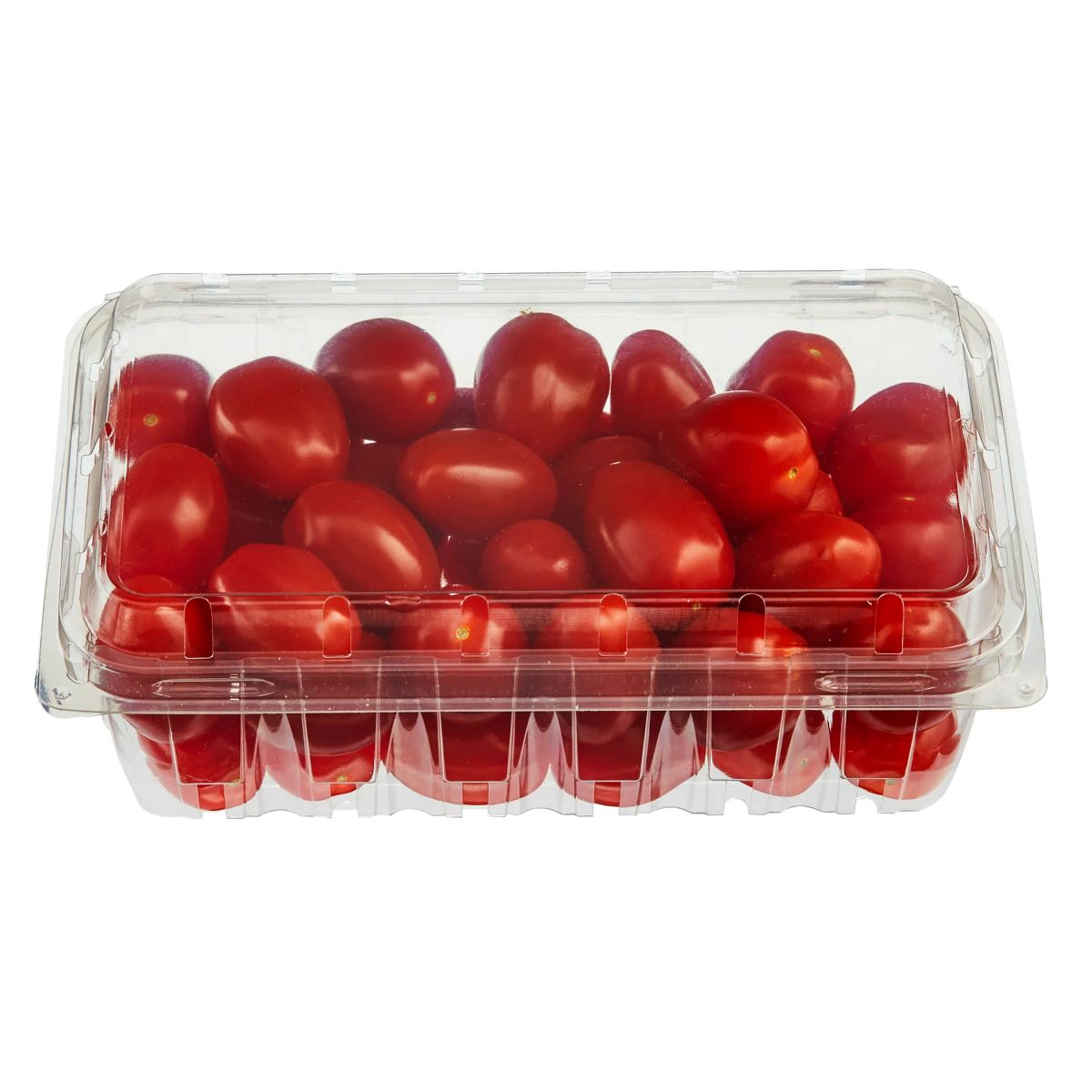
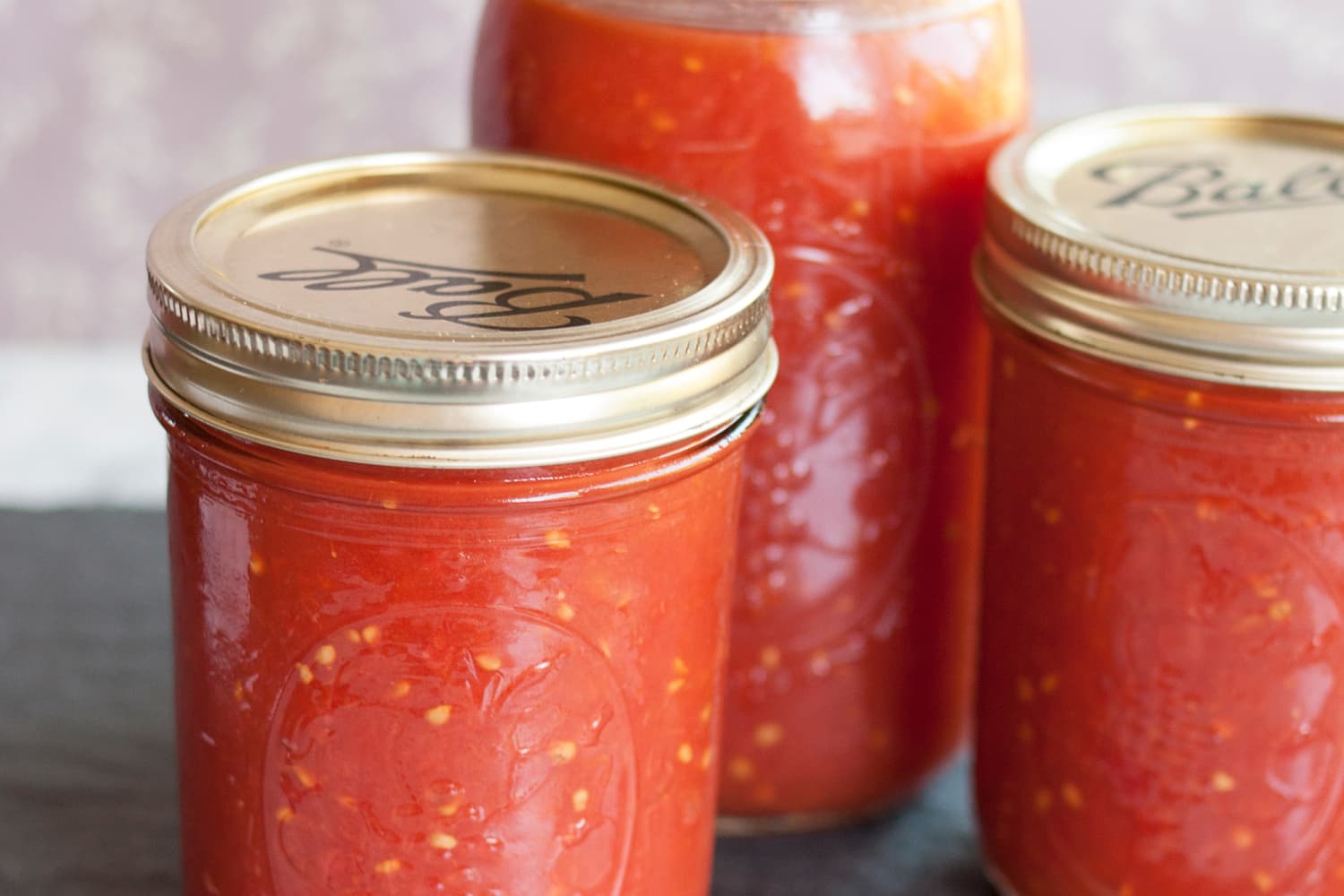
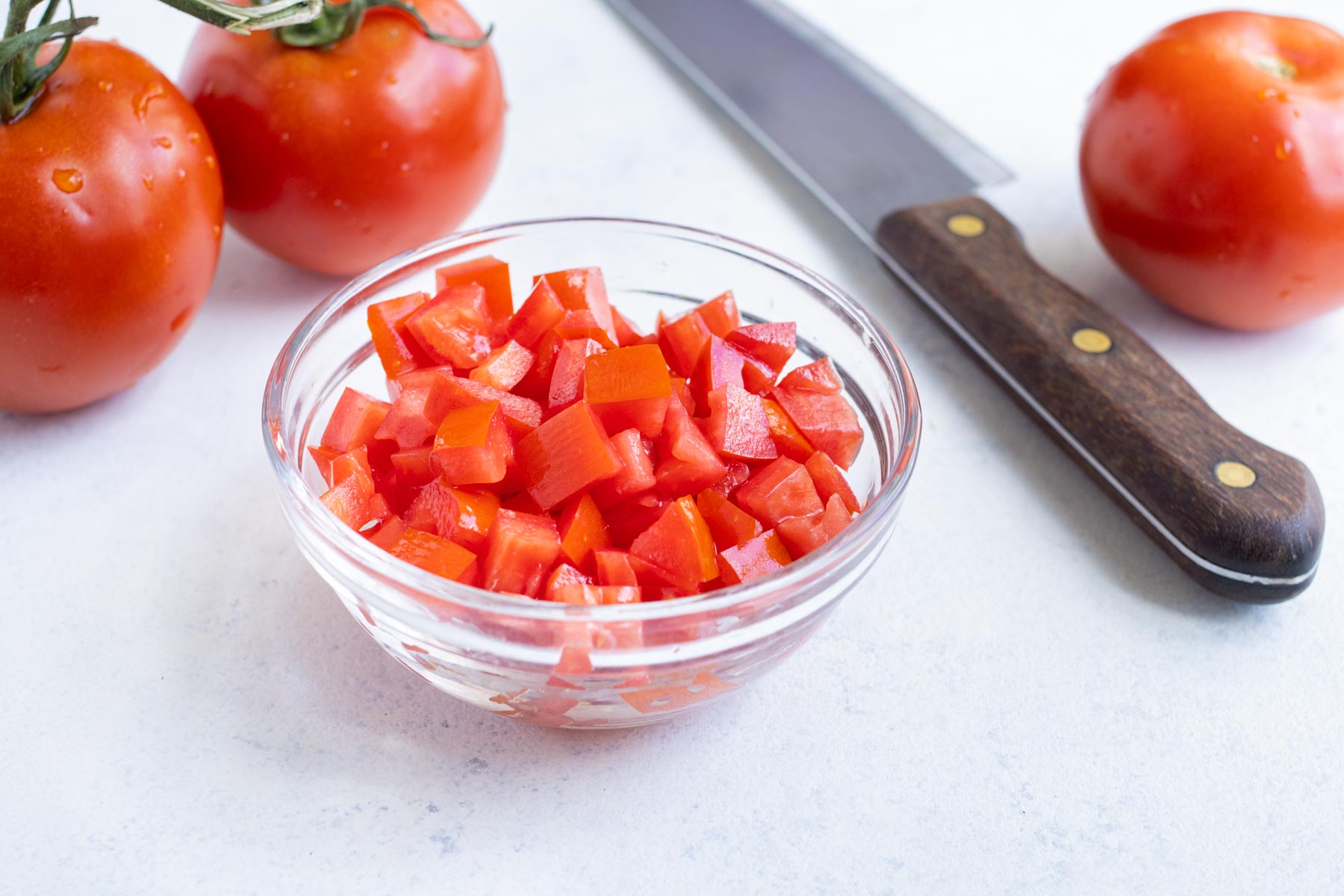
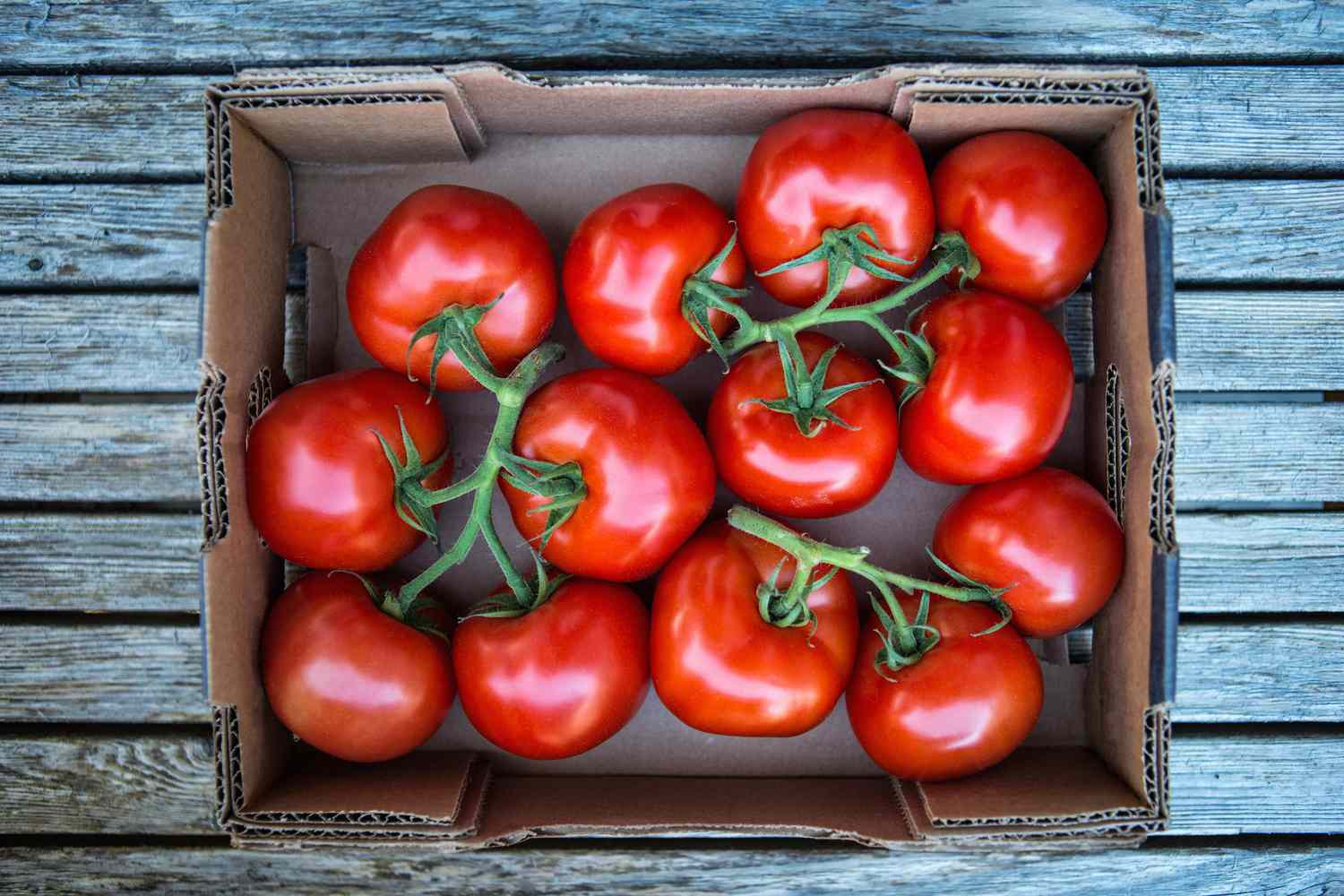
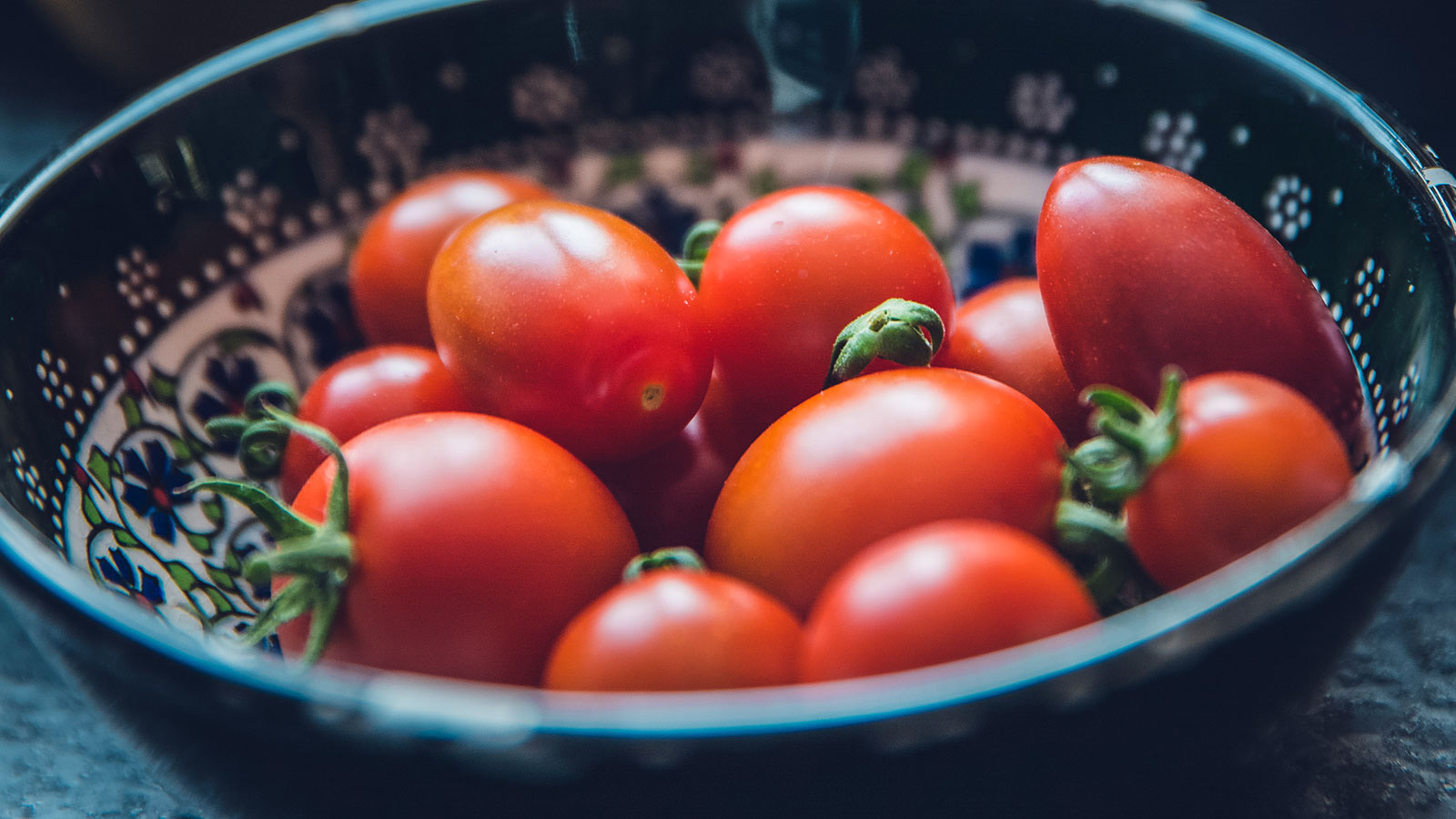

0 thoughts on “How To Store Green Tomatoes”